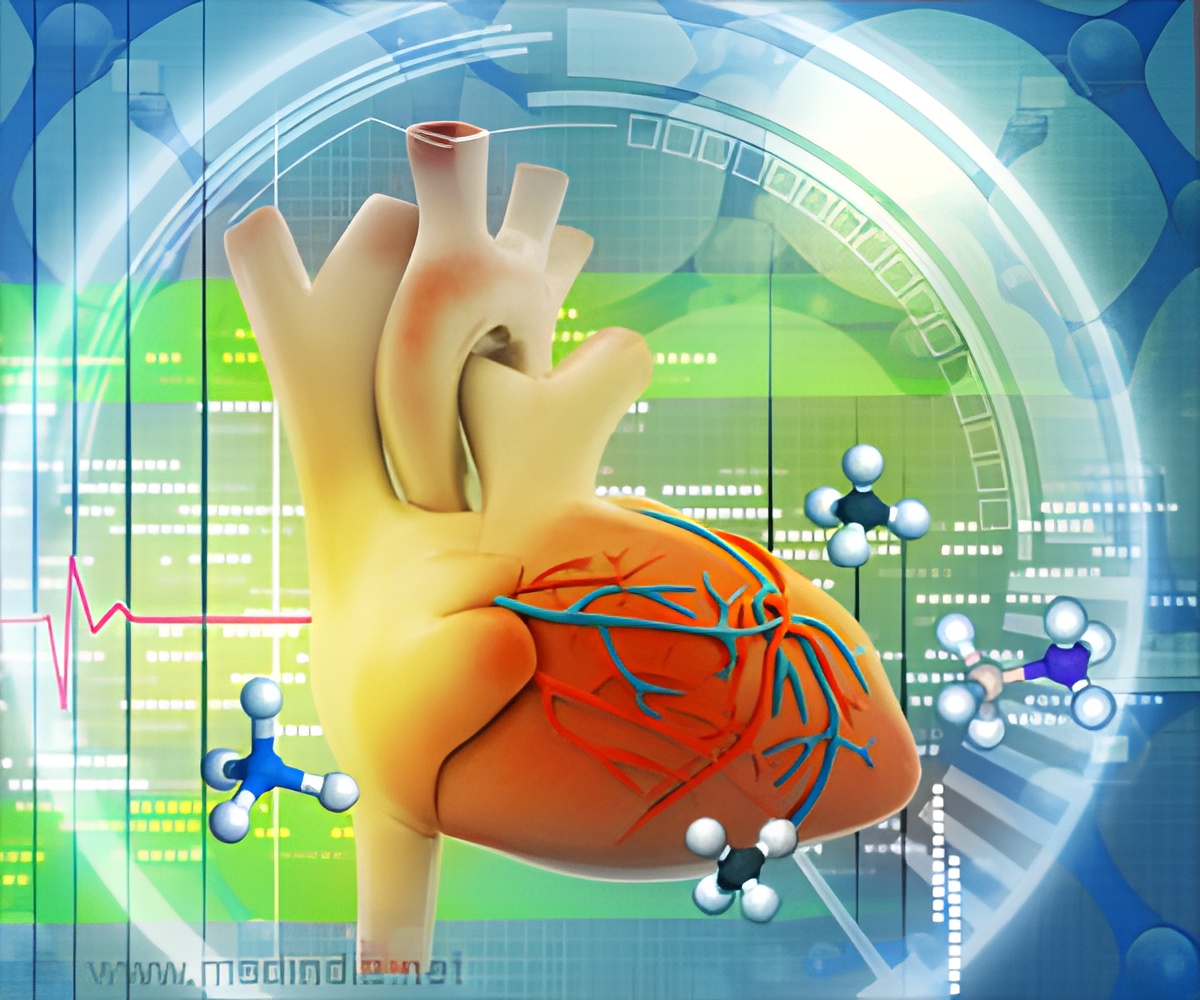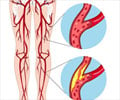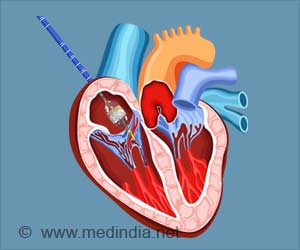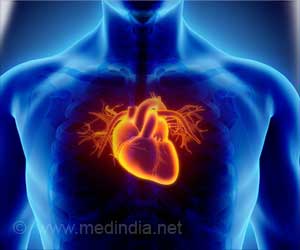
Impact of Tobacco Products on Peripheral Artery Disease
Peripheral artery disease (PAD) affects over 200 million people worldwide and is associated with mortality and comorbid cardiovascular disease (CVD). Cigarette smoking increases the risk for all CVD, but the strongest association is with PAD. Public health efforts have successfully reduced cigarette smoking in the U.S. over the past 30 years; however, smokeless tobacco use may be increasing. Based on data from the National Health Interview Survey, an estimated 2.4% of adults used smokeless tobacco in 2019.‘Clinicians should understand the health implications of all forms of tobacco and nicotine use, and counsel accordingly.’





When people use smokeless tobacco products, they are not inhaling the noxious products of combustion that are produced by a burning cigarette. Yet, smokeless tobacco causes nicotine exposure and may adversely impact vascular health by raising blood pressure and cholesterol and increasing oxidative stress.Similar to cigarette smoking, chewing tobacco and snuff is linked to increased risk for
Use of Tobacco in Any Form Robs Your Vascular Health
The investigators evaluated data from 14,344 participants in the Atherosclerosis Risk in Communities (ARIC) Study, which has followed adults in the United States since the late 1980s. The average age of participants at the beginning of the study was 54.1, 54.8% were female, and 26.4% were Black.The research characterized adults by smokeless tobacco use and cigarette smoking and then analyzed who developed PAD by identifying hospitalizations with diagnosis codes for PAD or leg revascularization.
After adjusting for
The rate of PAD diagnoses was 4.4 per 1,000 person-years among smokeless tobacco users and 3.4 per 1,000 person-years for current cigarette smokers. In comparison, there were only 1.3 cases of PAD per 1,000 person-years for individuals who had never used smokeless tobacco products and were not currently smoking cigarettes.
Advertisement
Non-combustible tobacco products are often viewed as “clean” nicotine delivery systems and considered less harmful than cigarettes, leading some to advocate for their use in smoking cessation. This study shows that they nonetheless harm vascular health.
Advertisement
Source-Eurekalert















